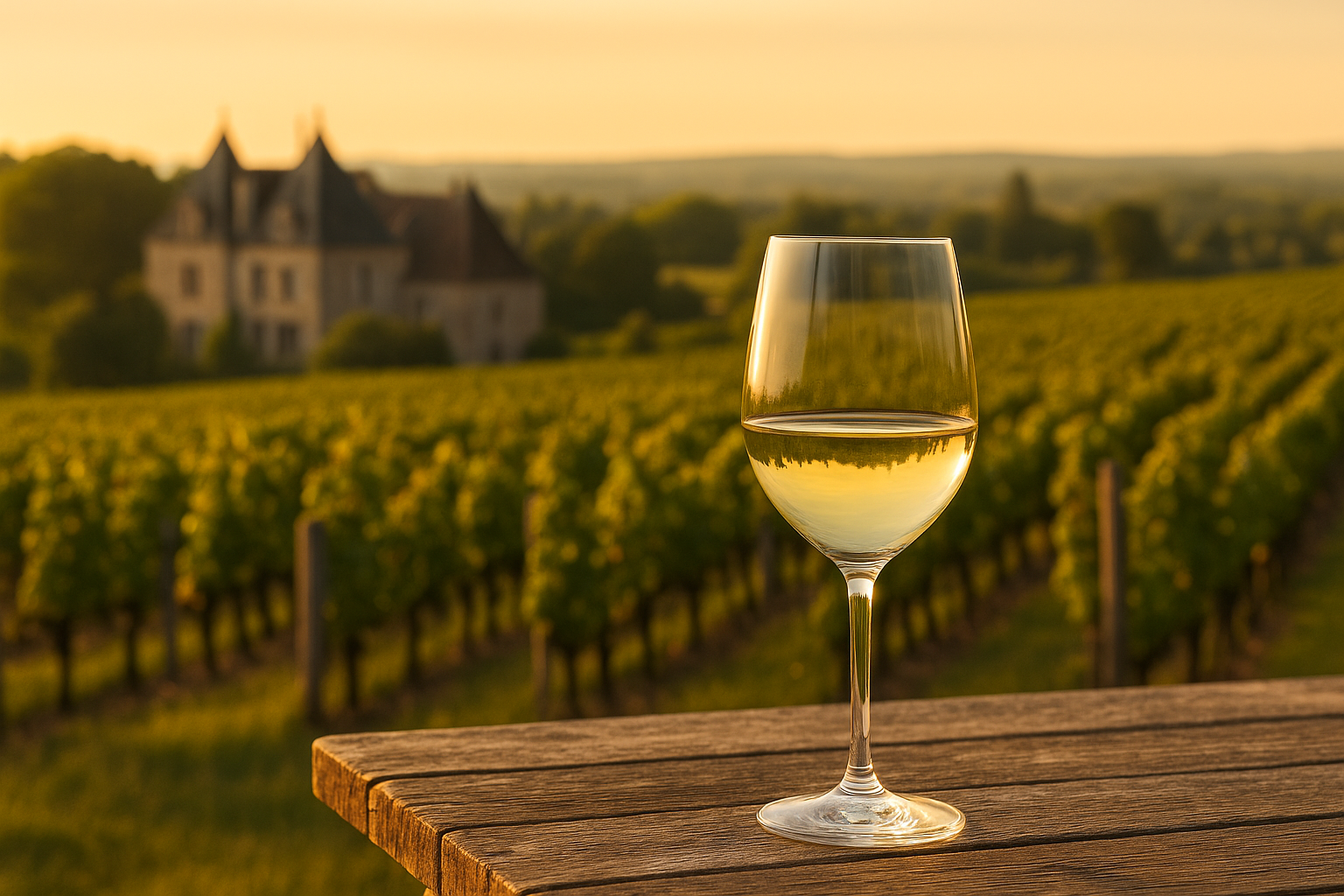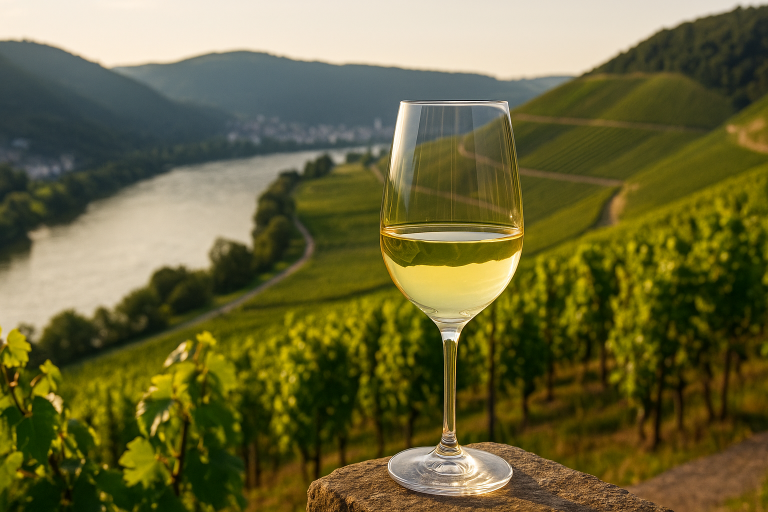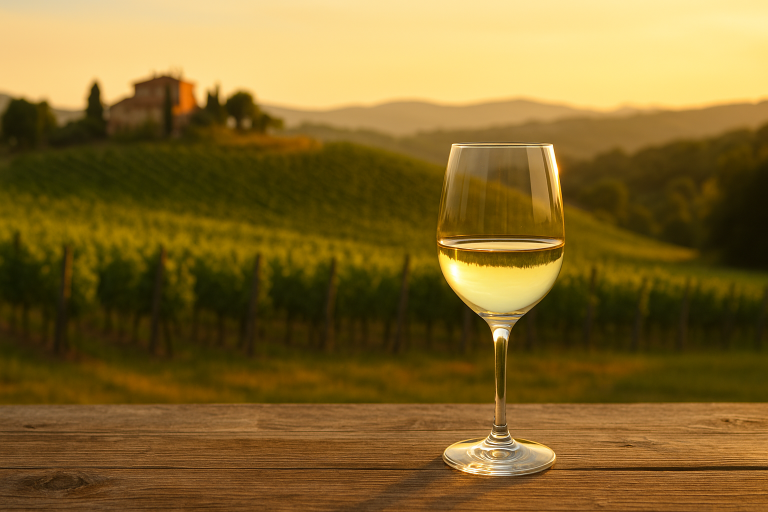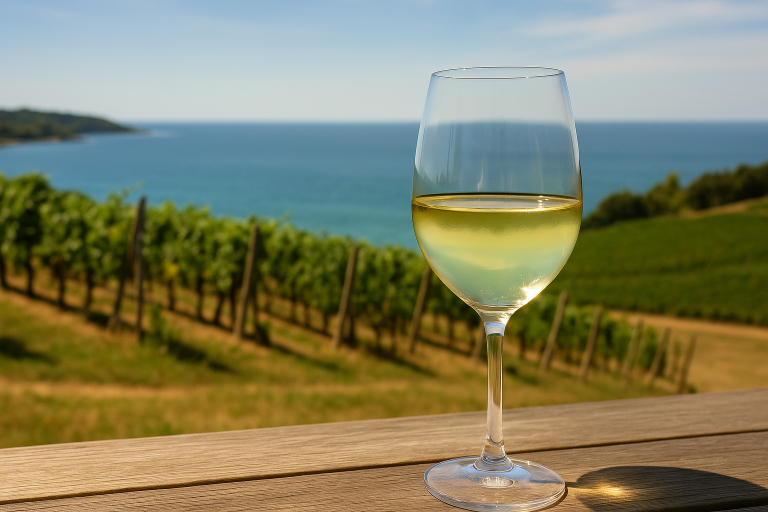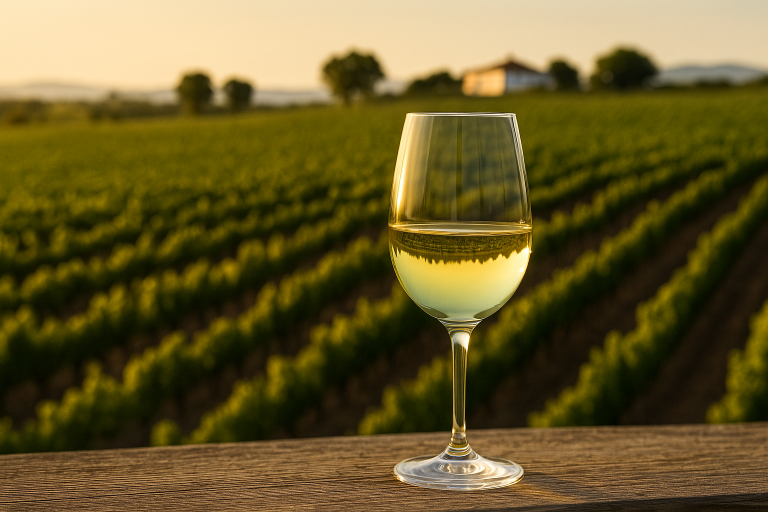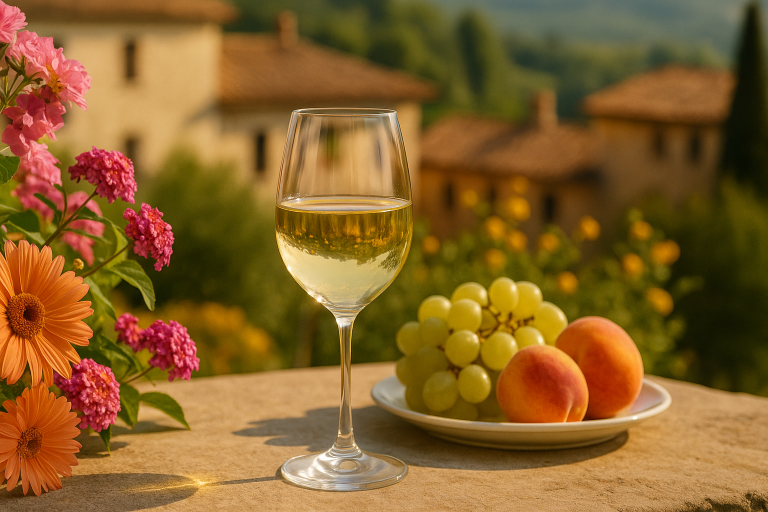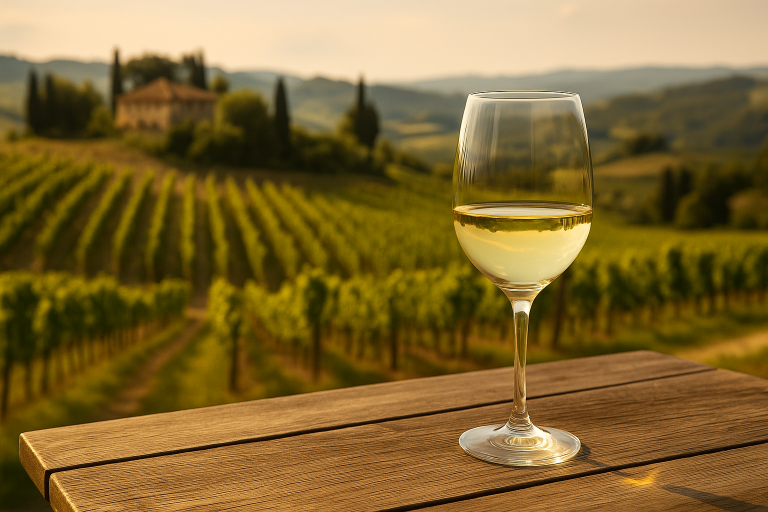Elegant, expressive, and endlessly adaptable, Chenin Blanc is one of the most remarkable white grape varieties in the world. From the crisp and mineral-driven wines of France’s Loire Valley to the ripe, honeyed styles of South Africa, Chenin Blanc has proven itself capable of taking on many personalities — sparkling, dry, off-dry, or sweet. It’s a grape that thrives on contrast, offering wines that balance vibrancy with depth, freshness with complexity.
A Brief History
Chenin Blanc’s roots trace back over 1,300 years to the Loire Valley in central France, where it was first mentioned in the 9th century under the name Plant d’Anjou. By the 15th century, it had been cultivated in the vineyards surrounding the Abbaye de Glanfeuil, and soon after, it spread throughout the Loire under its current name, derived from Mont Chenin, a hillside village near Tours.
The grape became prized for its high acidity — a trait that made it suitable for a wide range of wine styles, from still to sparkling to sweet. In France, Chenin Blanc gained its most prestigious reputation in the subregions of Vouvray, Savenières, Coteaux du Layon, and Quarts de Chaume, each producing wines of stunning individuality and longevity.
In the 17th century, French settlers brought Chenin Blanc to South Africa, where it flourished in the warm, sunny climate. Today, it remains the country’s most widely planted grape, known locally as Steen. Over time, South African producers have elevated it from a workhorse variety into one of the country’s signature fine wines.
Where It’s Grown
- France (Loire Valley): The birthplace and spiritual home of Chenin Blanc. Here, the grape expresses an astonishing range of styles — from bone-dry Savennières to the luscious, honeyed Coteaux du Layon.
- South Africa: Produces vibrant, fruit-forward wines with notes of tropical fruit, apple, and honey. Both dry and off-dry versions showcase the grape’s versatility.
- United States: Particularly in California, where winemakers produce approachable, medium-bodied Chenin Blancs with bright acidity.
- Other regions: Including New Zealand, Australia, and Argentina, where it delivers fresh, floral expressions with a modern twist.
Tasting Notes
Chenin Blanc is one of the most versatile and expressive white wines available. Its flavor profile depends heavily on style and ripeness level:
- Dry styles: Fresh and mineral-driven, with notes of green apple, pear, quince, and lemon zest, underscored by chalky minerality.
- Off-dry styles: More rounded, featuring honey, apricot, and jasmine, balanced by crisp acidity.
- Sweet and late-harvest styles: Lush and complex, showcasing peach, honeycomb, tropical fruit, and spice, often with incredible aging potential.
- Sparkling styles: Bright and zesty, often crafted in the Crémant de Loire tradition, offering citrus and brioche nuances.
Chenin Blanc’s hallmark is its lively acidity, which gives it remarkable freshness and longevity. It pairs beautifully with seafood, roast poultry, soft cheeses, Thai cuisine, and creamy sauces, adapting gracefully to a range of dishes.
The Essence of Chenin Blanc
Chenin Blanc is a study in versatility — a wine that can be crisp or creamy, simple or sublime. Its ability to capture terroir and transform with age makes it one of the world’s most fascinating white varietals.
From the cool limestone soils of the Loire to the sun-drenched vineyards of South Africa, Chenin Blanc continues to prove its timeless appeal. Each glass offers a reflection of balance, craft, and vitality — a perfect harmony between freshness and finesse.

